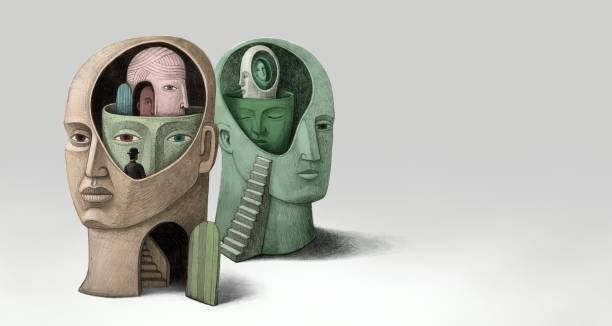Conceptual art has always been a challenging territory in the history of contemporary art. Since the 1960s, artists began to shift the focus of the artwork from the object to the idea, questioning institutions, patterns, and the very value system that governs the art world. With the rise of digital technologies, art conceptual gained even more layers, demanding new forms of interpretation and engagement from the audience.
In the 21st century, with social media, NFTs, and artificial intelligence, conceptual art finds a new field of action, but also faces new dilemmas. Visual aesthetics still attract, but is that enough? What remains essential in conceptual art in the digital era? This article explores the main pillars that support this artistic practice that resists purely visual consumption.
The Origin of Conceptual Art: From Idea to Impact
The roots of conceptual art can be traced to the work of artists like Sol LeWitt, Joseph Kosuth, and Lawrence Weiner. For them, the concept was the true core of the artwork. In his seminal text Paragraphs on Conceptual Art (1967), LeWitt stated: “In conceptual art the idea or concept is the most important aspect of the work. When an artist uses a conceptual form of art, it means that all of the planning and decisions are made beforehand and the execution is a perfunctory affair.” (LeWitt, 1967)
What mattered, therefore, was not the physical presence of the piece, but its intellectual proposition. This opened space for more experimental formats: performances, installations, texts, archives, and ephemeral actions. Rather than objects, these were critical gestures against the institutionalization of art. Museums and galleries began dealing with the immaterial, with provocation, and with thought as artistic material.
Digital Conceptual Art: Code, Algorithm, and Decentralization
In the digital realm, conceptual art found a new language: code. Contemporary artists use algorithms, blockchain, and augmented reality to shape ideas that often question the very systems of art production and distribution. A notable example is the Irish collective !Mediengruppe Bitnik, which uses automated systems to expose flaws in digital logic. Another key figure is Rafael Lozano-Hemmer, who combines interactivity and data in conceptual installations that place the viewer at the center of the process.

With the rise of NFTs, many have criticized the superficial aesthetic of digital works. However, conceptual artists have used this tool to question consumption, authorship, and the symbolic value of artworks. Quantum (2021) by Kevin Abosch, for instance, uses blockchain as an inseparable part of the work’s concept, discussing the materiality of the immaterial and the decentralization of the art market.
What Still Matters: Ethics, Context, and Critical Presence
If aesthetics are no longer enough, what still sustains conceptual art in the digital age? Three pillars seem essential: ethics, context, and critique. In a world saturated with images and algorithms, conceptual art gains strength by provoking reflection about our own time. Works that question surveillance, consumption, data politics, or technological inequality become relevant precisely because they go beyond appearances.
As Claire Bishop argues in Artificial Hells (2012), audience engagement with conceptual art is not merely about enjoyment, but about the activation of critical thinking. This involvement requires art to be conscious of its place in the world—something even more urgent in the digital environment. Conceptual art, in this context, stands as a resistance force against superficiality and noise.
Art Conceptual: Beyond the Form
Conceptual art in digital times invites us to rethink the role of art in a fast-paced society, mediated by interfaces and overloaded with stimuli. Rather than just enchanting, it provokes. Rather than simply decorating, it denounces. By keeping the idea at the center of creation, conceptual art reaffirms that, even in the digital world, critical thinking and ethics matter more than form.



